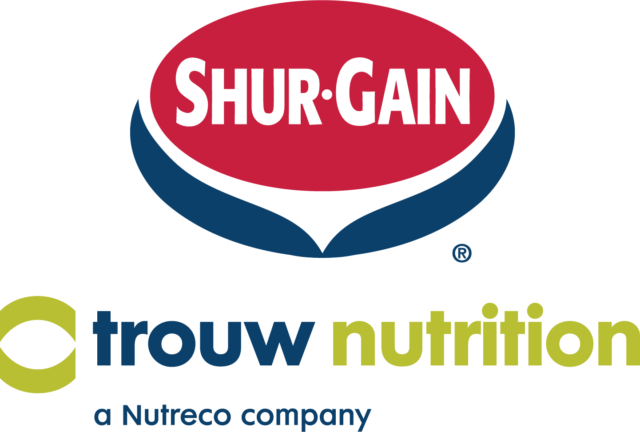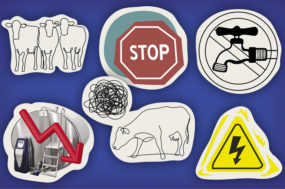To read this article in French, click here.
Body condition scoring dairy cattle is an important management tool for dairy farmers to use to promote reproductive goals and to avoid metabolic diseases such as ketosis and fatty liver. Over the years, recommended scores at calving have declined, and this will likely become a revised recommendation in the next Codes of Practice.
With the new Code of Practice expected later this year, it is important to determine what the typical body condition of dry cows currently is in Ontario to establish how this is managed currently. The new recommendations are anticipated to be lower than the current Code of Practice, based on the draft version released last year.
The current recommendation for dry cows is between 3.25 and 3.75 compared to the expected recommendation change of 2.75 to 3.25. The goal of this project was to determine the body condition score (BCS) of dry cows on a sample of Ontario dairy herds. Throughout the project period, which occurred between early June and mid-August 2022, 31 farms of varying size and management styles were visited.
The average herd size was 192 cows, with the largest farm milking 600 cows and the smallest farm milking 45 cows. The farms that volunteered for the project included robot, tiestalls and parlour farms. Tiestall and parlour-milked farms varied between milking two or three times a day. It is noteworthy that our volunteer sample tended to be larger than the average herd size in Ontario (95 cows in 2021) and included a higher proportion of robot farms than average.
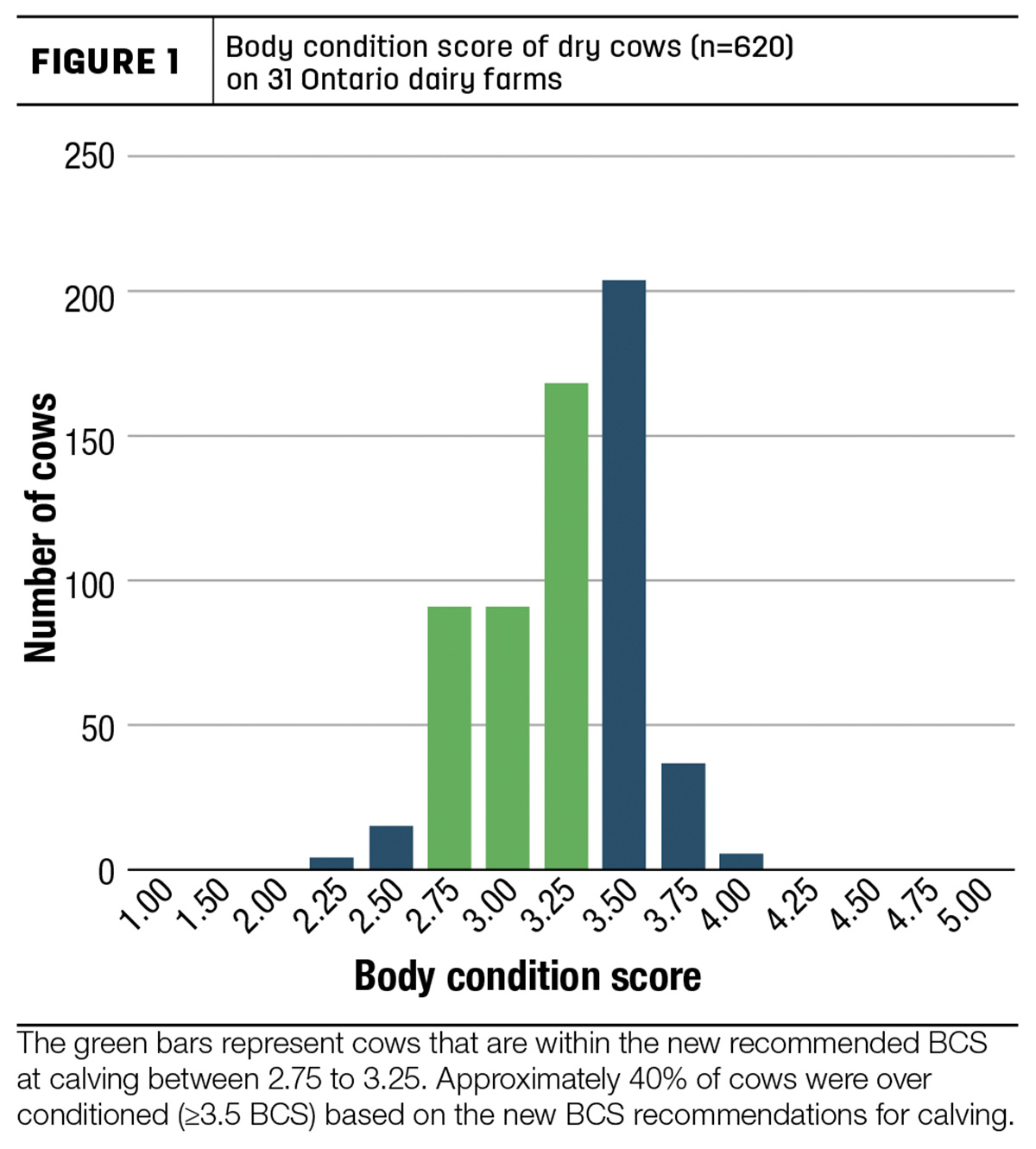
On-farm, a short survey was completed with producers to determine how many farms currently use BCS as well as what each producer knows about BCS. Of the participating farms, nine farms regularly observe BCS, whereas 71% do not. In total, 620 dry cows were scored with a range of seven to 45 cows per farm, for an average of 20 cows per farm. For the actual scoring, the dry cows were normally scored by walking around in the pen, using close visual observations by a pair of trained observers.
A scoring system designed by Elanco, based on the Ferguson/Edmonson BCS scale where 1 is thin and 5 is obese, was used with a series of steps to accurately score each cow to a quarter point. To help reduce observer bias, the left side of each cow was scored simultaneously without any discussion. Both observers were trained with assistance from a post-doctoral student at the University of Guelph who has experience in BCS. BCS was practiced and reviewed on six farms prior to the start of the project to ensure both observers scored accurately and to ensure repeatability for the study. An example of the different scores that were a part of the study are shown in the accompanying photos.
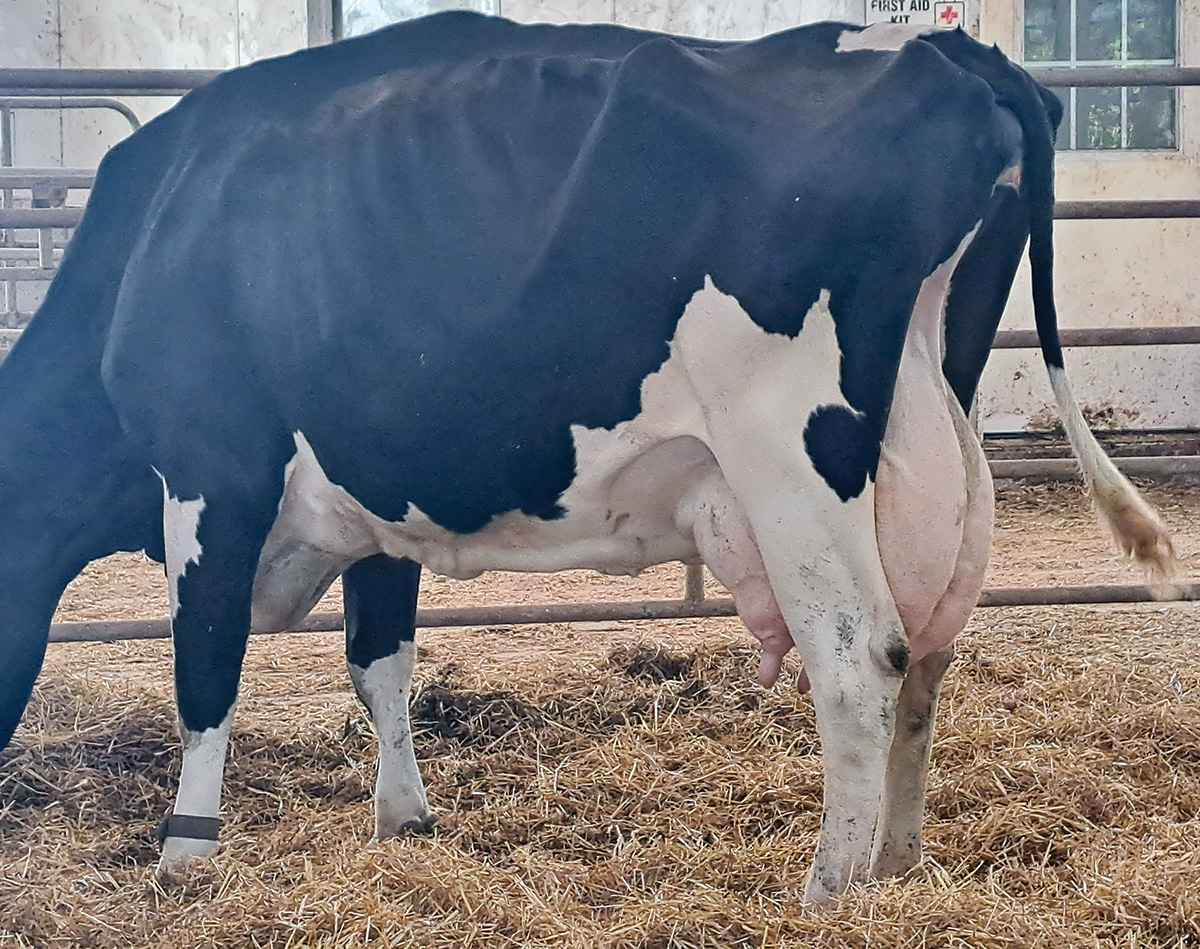 This cow scored 2.5. Her hooks, pins, and ribs are very prominent, and you can see her vertebra. Courtesy photo.
This cow scored 2.5. Her hooks, pins, and ribs are very prominent, and you can see her vertebra. Courtesy photo.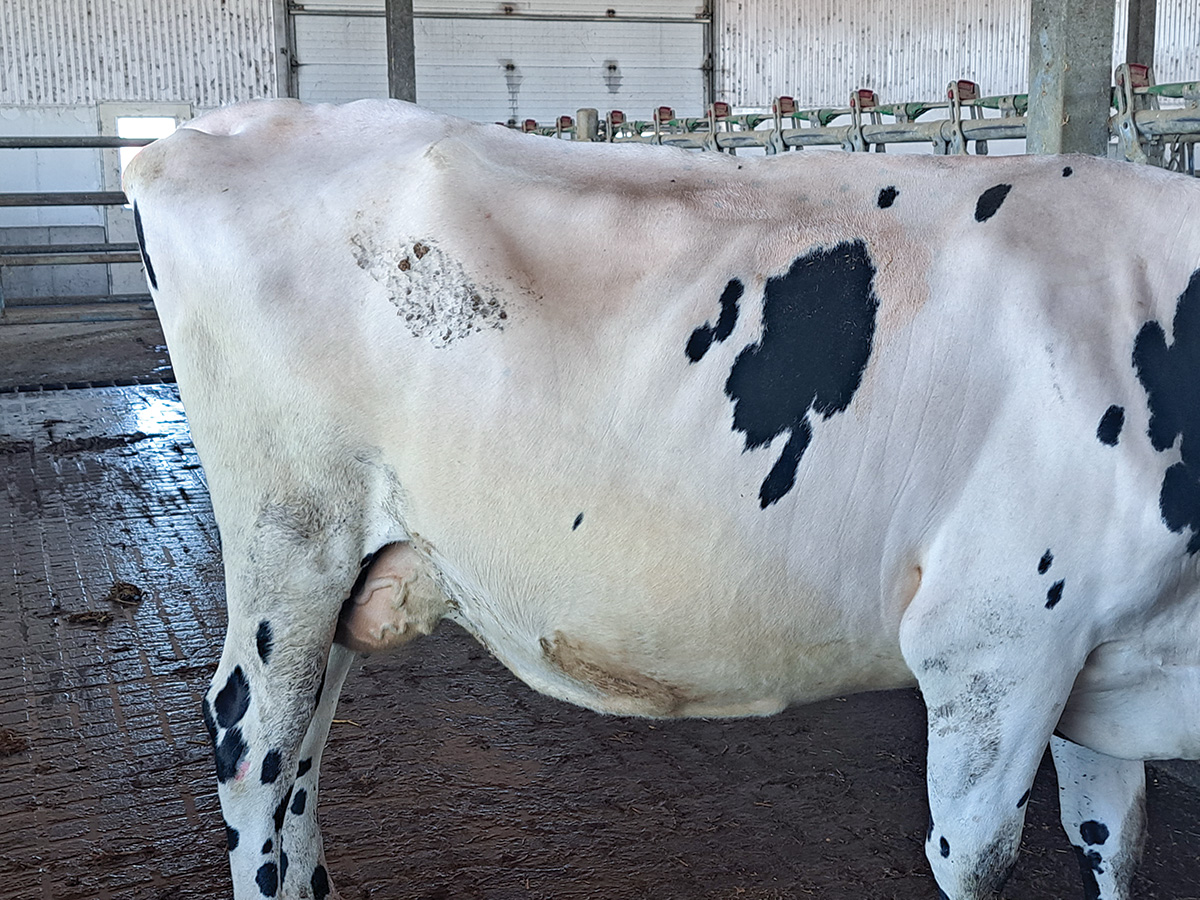 Cow B represents an ideal score of 3. Her hooks and pins are visible but
have some fat coverage and her short rib are visible but not prominent. Courtesy photo.
Cow B represents an ideal score of 3. Her hooks and pins are visible but
have some fat coverage and her short rib are visible but not prominent. Courtesy photo.
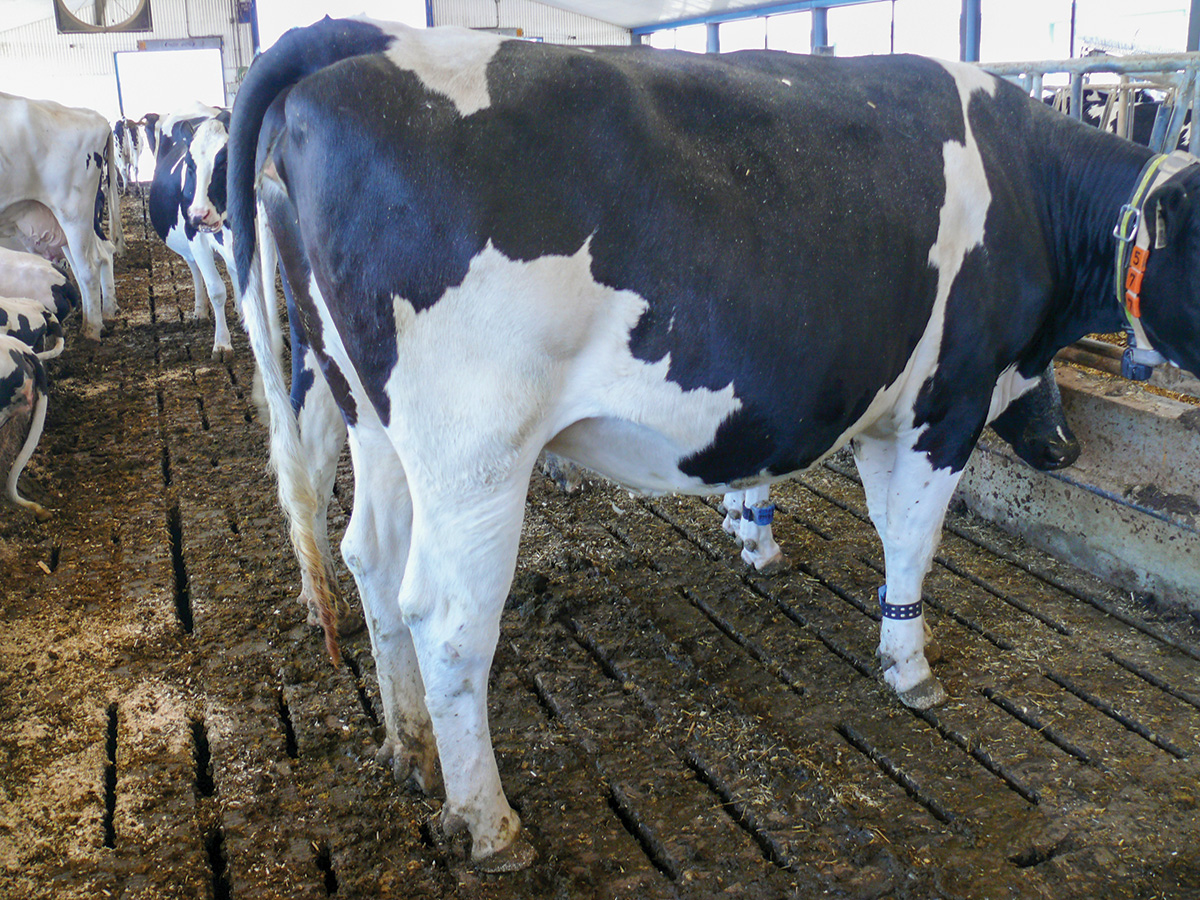 Cow C scored a 4+ as her hooks and pins are buried and her ribs are not visible. She has a lot of fat coverage. Courtesy photo.
Cow C scored a 4+ as her hooks and pins are buried and her ribs are not visible. She has a lot of fat coverage. Courtesy photo.
Results showed that the overall average BCS of dry cows in the survey was 3.23 plus or minus 0.32 BCS. There were 11 farms that had an average BCS above 3.25, the upper range of the new BCS recommendations. Of the cows scored, there were approximately 57% of cows within the target dry cow BCS of 2.75 to 3.25, 40% were overconditioned, and 3% were below. Although most cows were within the new recommendations, there are still a significant number that are overconditioned in the dry period.
Cows entering the dry period with a high BCS of over 3.5 are at risk for reduced dry matter intakes (DMI) at calving, which can lead to an increased risk of metabolic diseases and dystocia. On the contrary, cows with too low a BCS, of less than 2.5, can also have increased health risks, lower-quality colostrum and immunosuppression. Those cows that have a low BCS at calving will also be at a greater risk of going under BCS 2.0 in early lactation, at which point corrective action needs to be taken.
From the questionnaire, we found that, during the dry period, 90% of producers had a goal to maintain body condition, rather than to increase or decrease it. There are studies that show large changes in BCS during late dry period can impact not only the cow but the calf as well. Nutritional management both through lactation and the dry period play a role in reaching BCS targets for calving.
As the Code of Practice updates the BCS for dry and transition cows, current management practices observed throughout the past summer in Ontario dictate that farms are nearing the high end of the anticipated updates. By lowering the BCS on dry cows closer to 3, herds may see a decrease in metabolic diseases and dystocia while increasing the chance of a smooth transition to optimum productivity in the milking herd.



